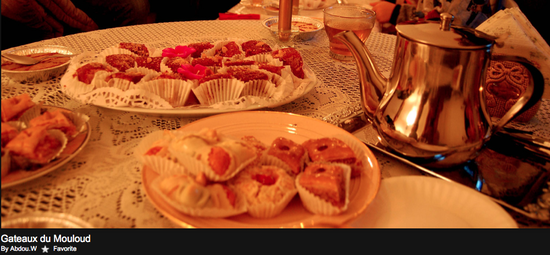 The Montreal Arab population, accounting for approximately 110,000,
represents just over 5% of the Island of Montréal's population. There are two
districts in Montreal that are home to this growing population.
The Montreal Arab population, accounting for approximately 110,000,
represents just over 5% of the Island of Montréal's population. There are two
districts in Montreal that are home to this growing population.Montreal's "Little Maghreb" is a neighbourhood in the Villeray-Saint Michel-Parc Extension District, and it is home to roughly 63,000 immigrants from countries including Morocco, Algeria, Sudan, Western Sahara, Lebanon and Tunisia. Cuisine from these countries is varied, but shares many similarities relative to North African cooking. Popular foods from the region include: Chakchouka, Lamb Couscous and M'hanncha that feature a mixture of spices, including cardamom, cumin, fennel, nigella, galangal and turmeric (see recipes below). A popular bakery/pastry shop is Boulangerie Zaatar on rue de Castelnau. The baked goods are not fancy, but fly in the face of the standard, weary, and syrupy Middle Eastern pastries. Theirs are how Middle Eastern baking tasted a long time ago.
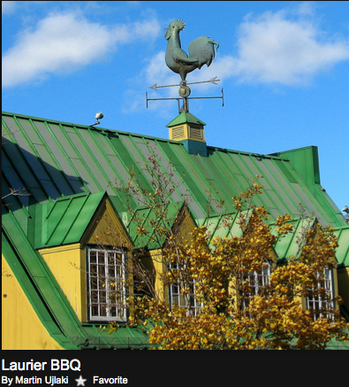
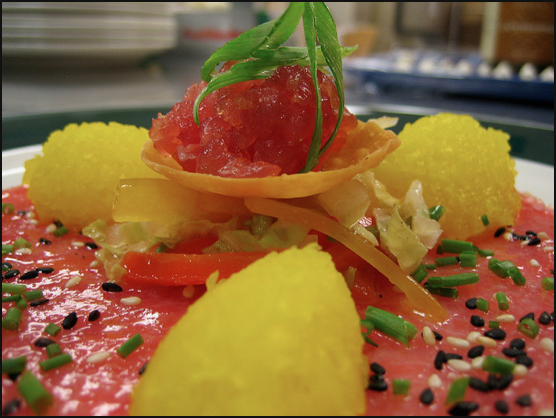
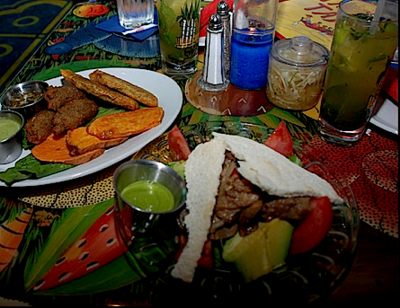
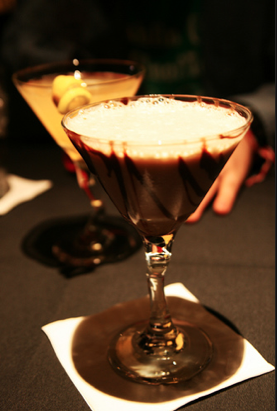
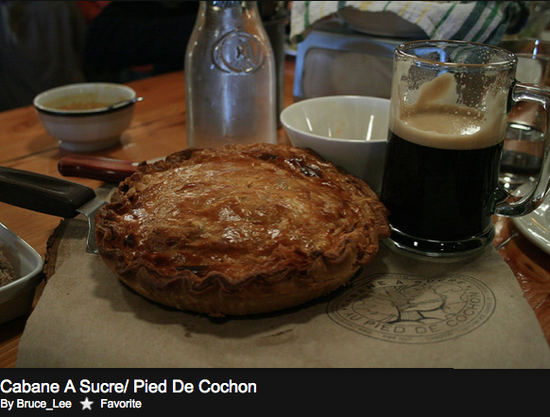
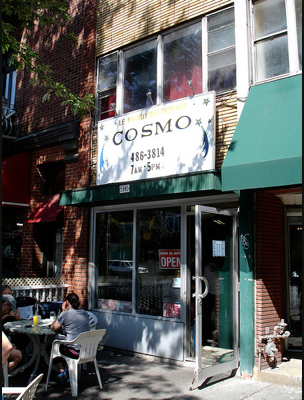
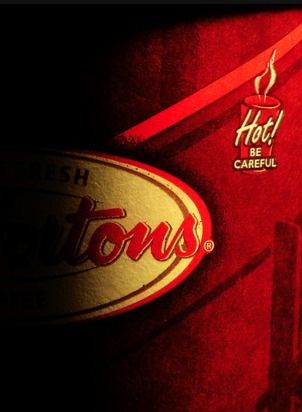


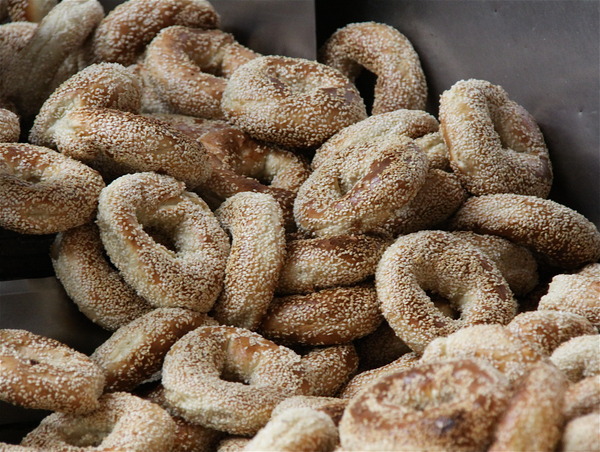

Recent Comments